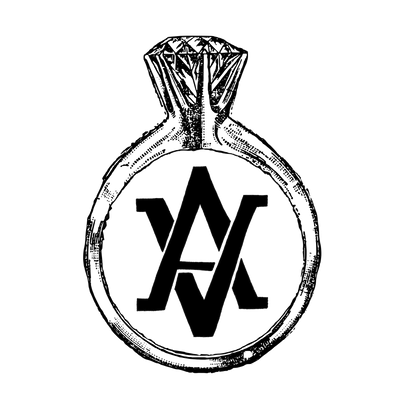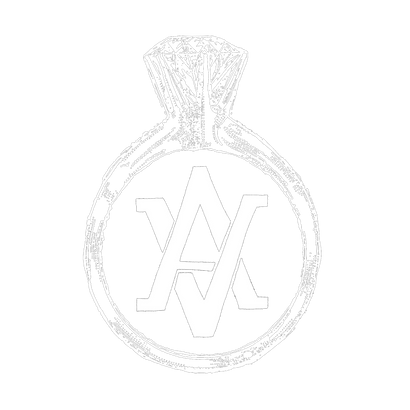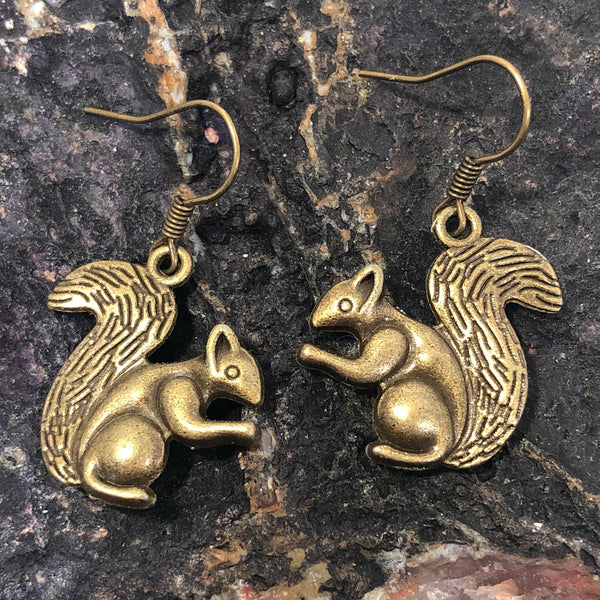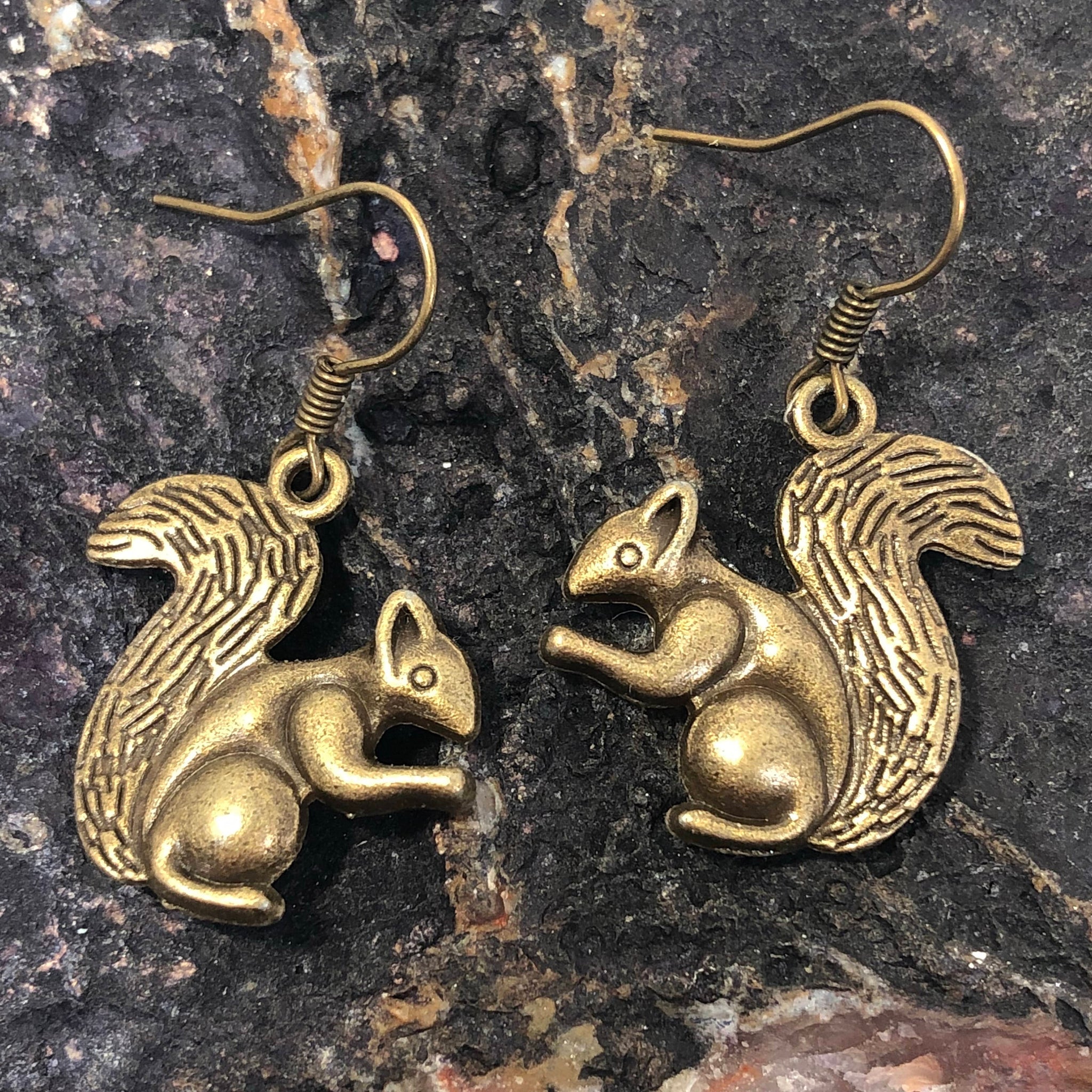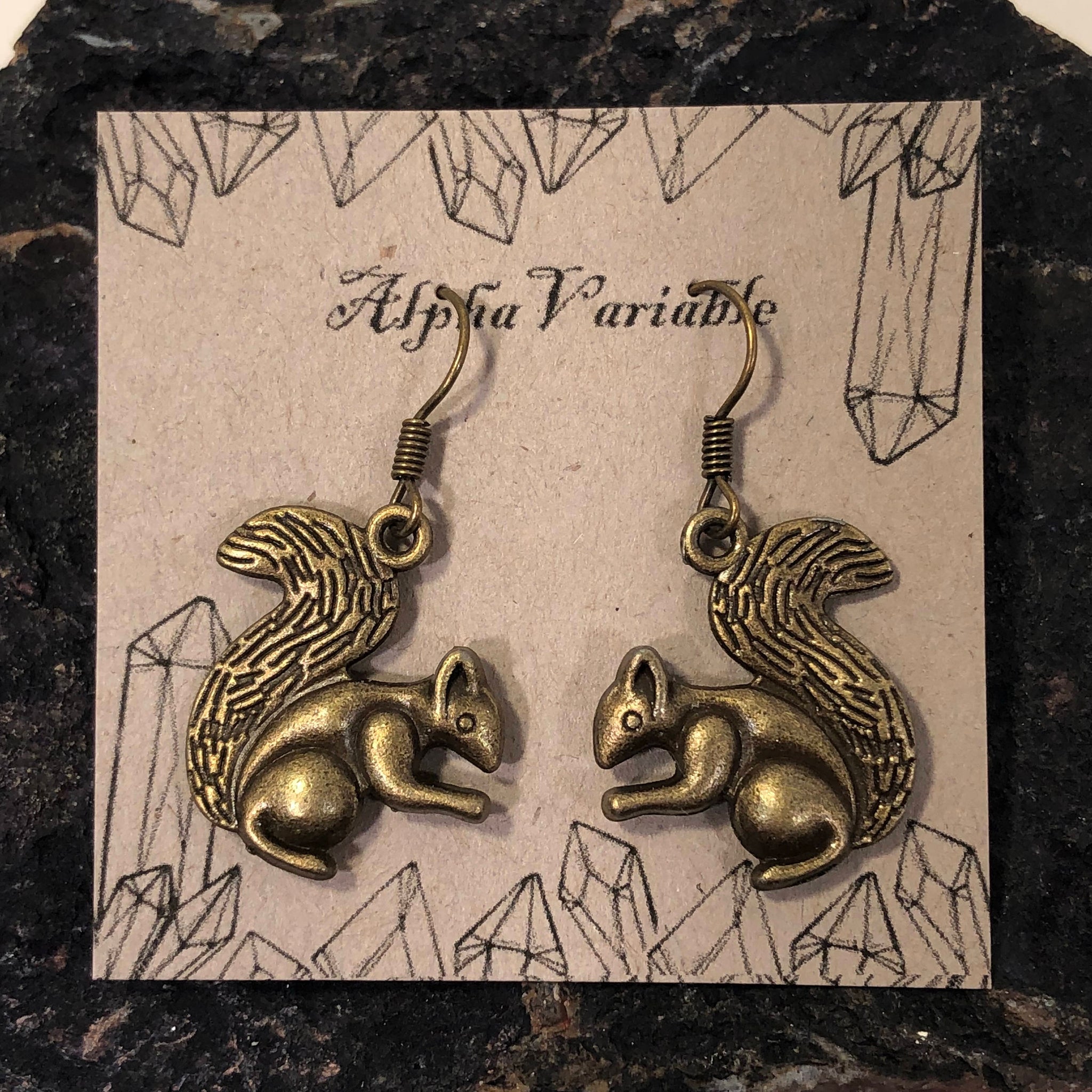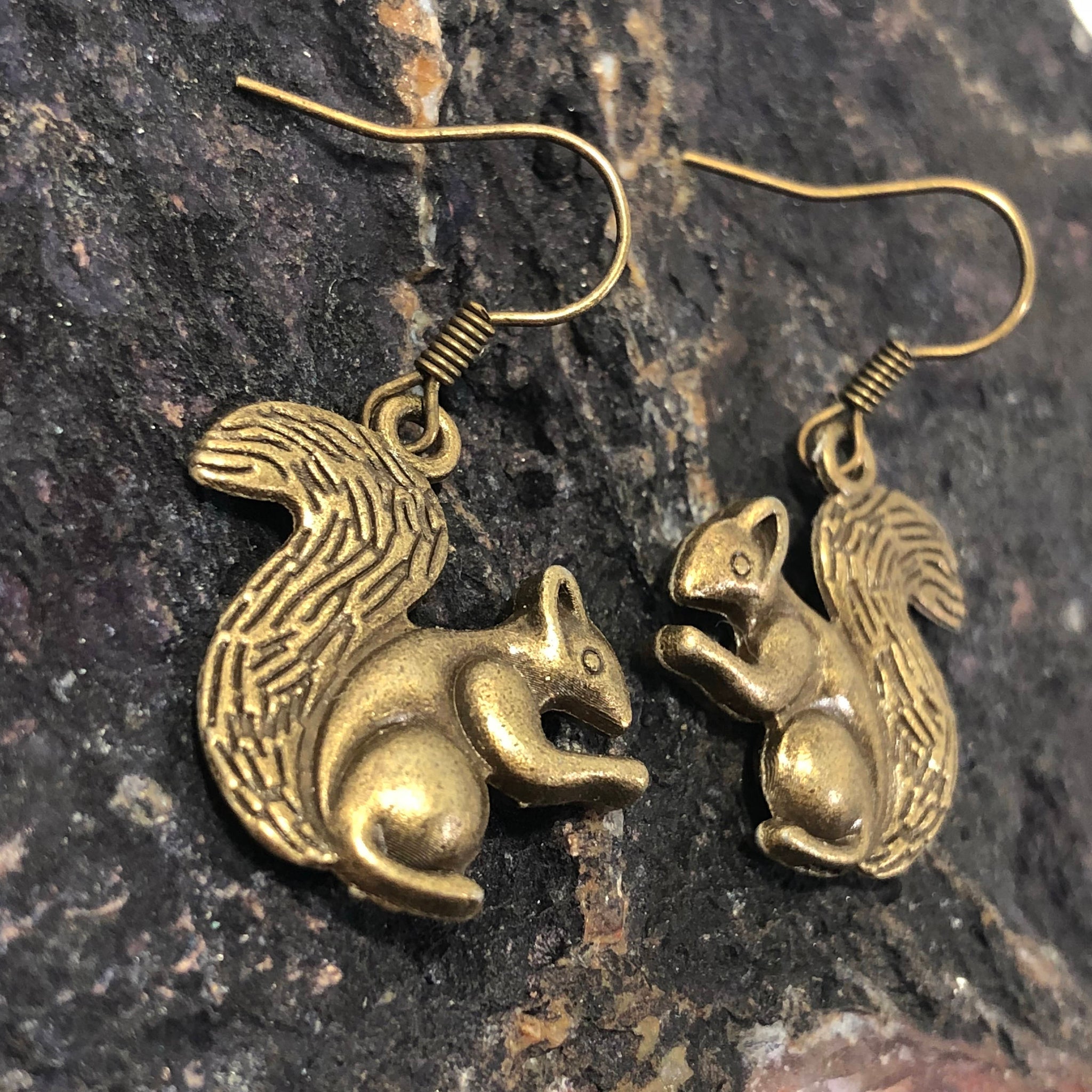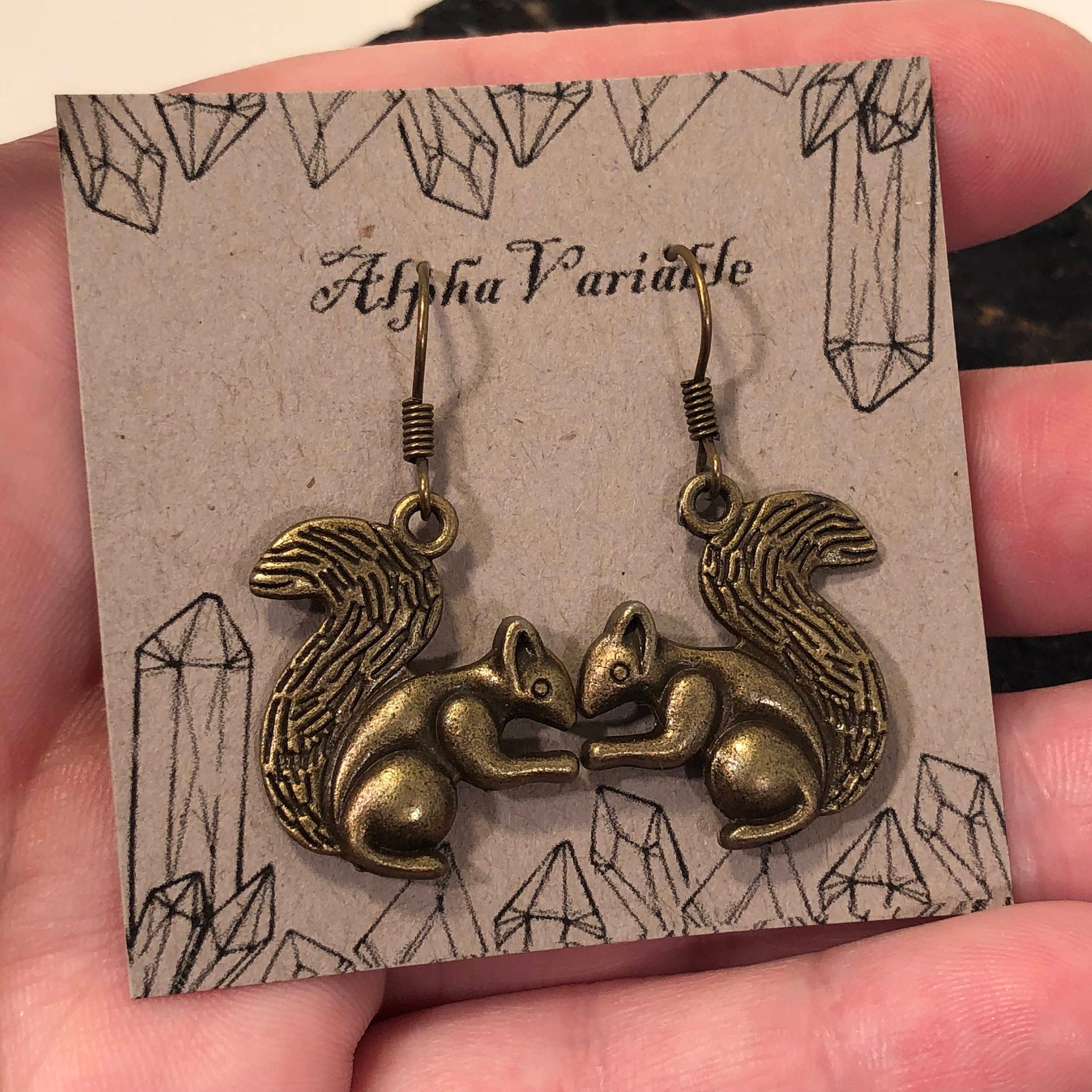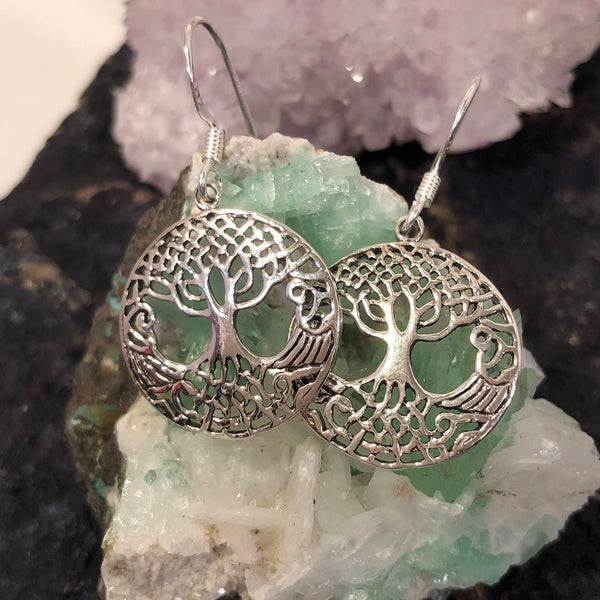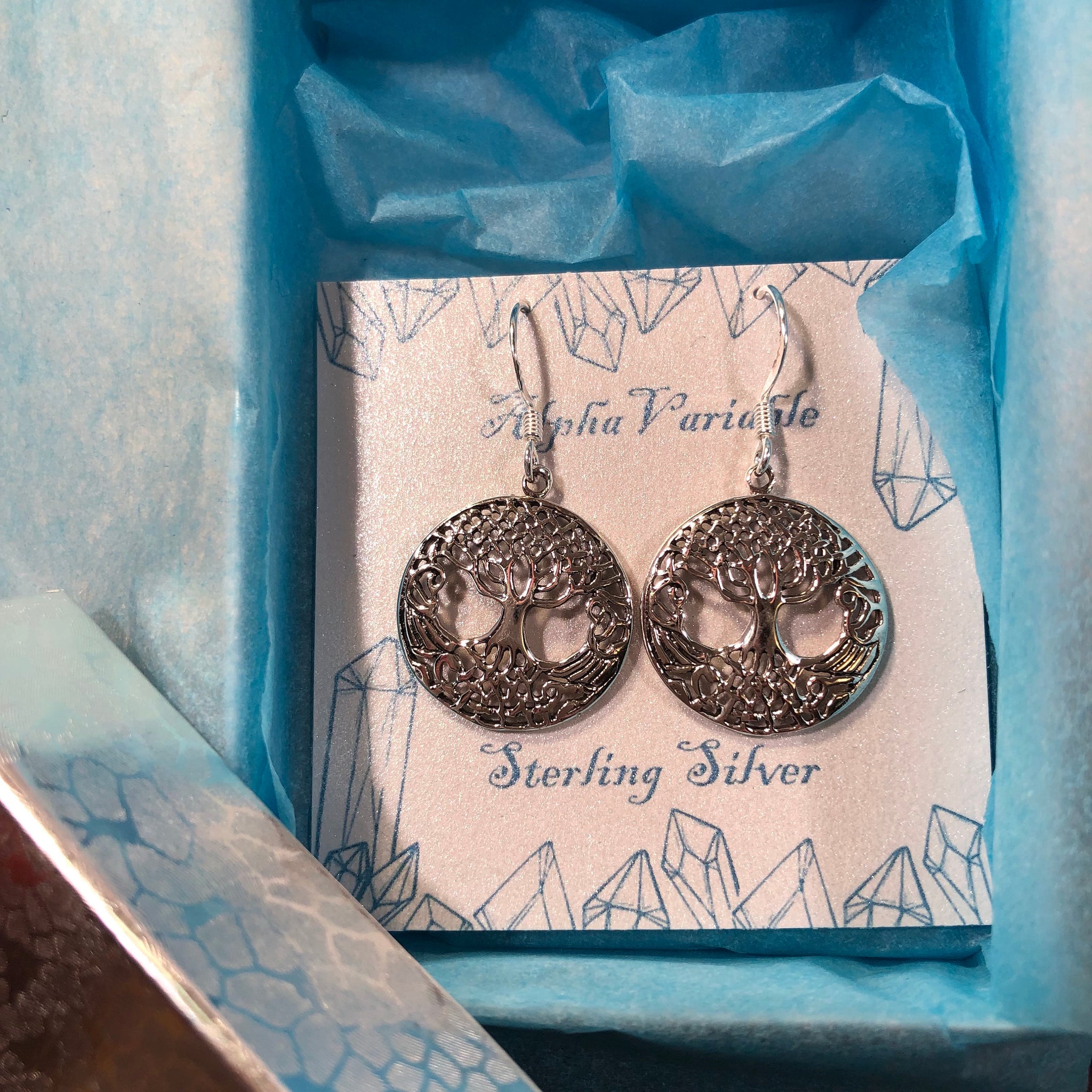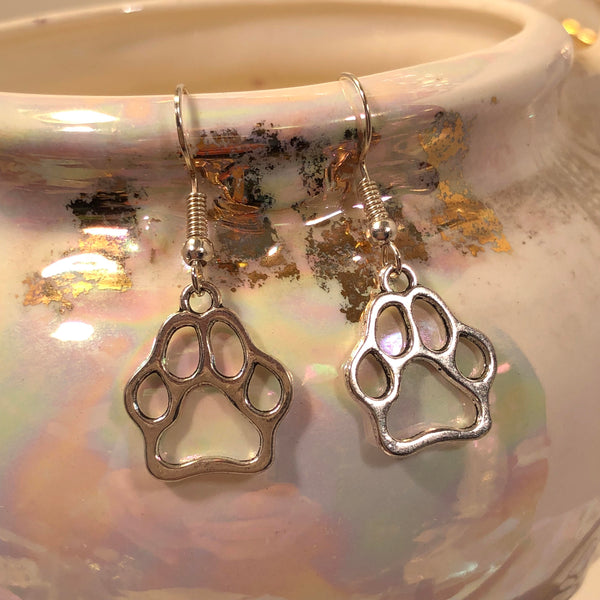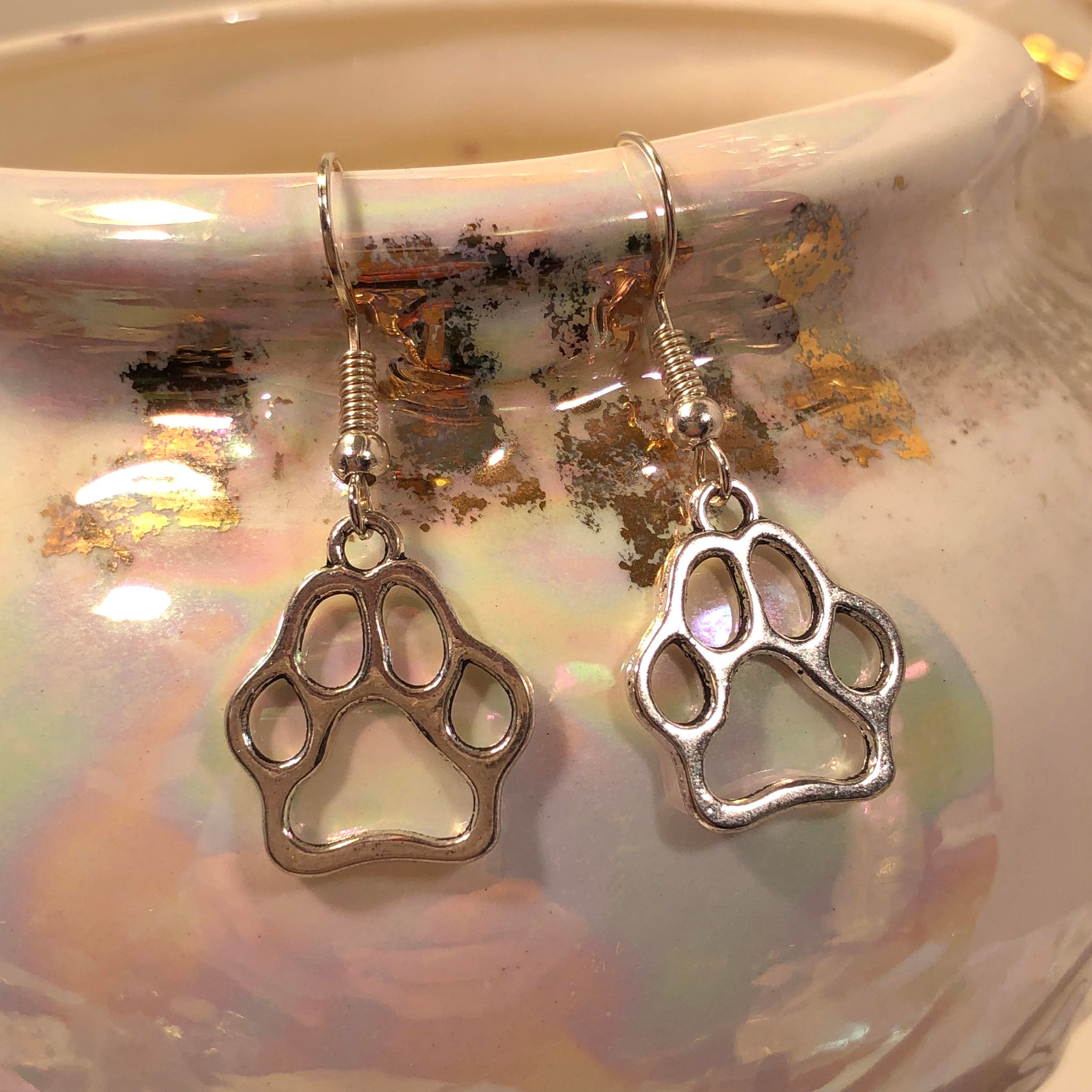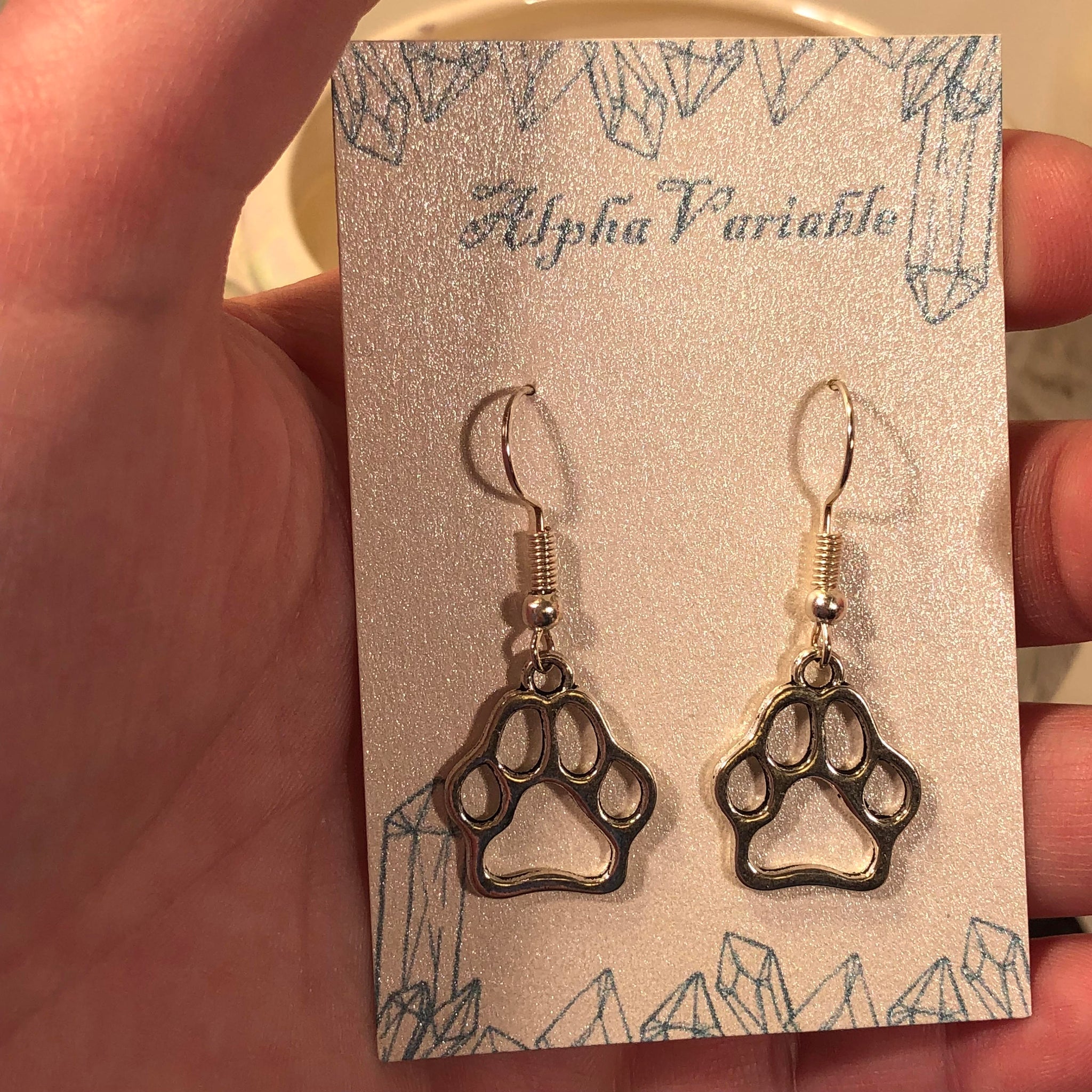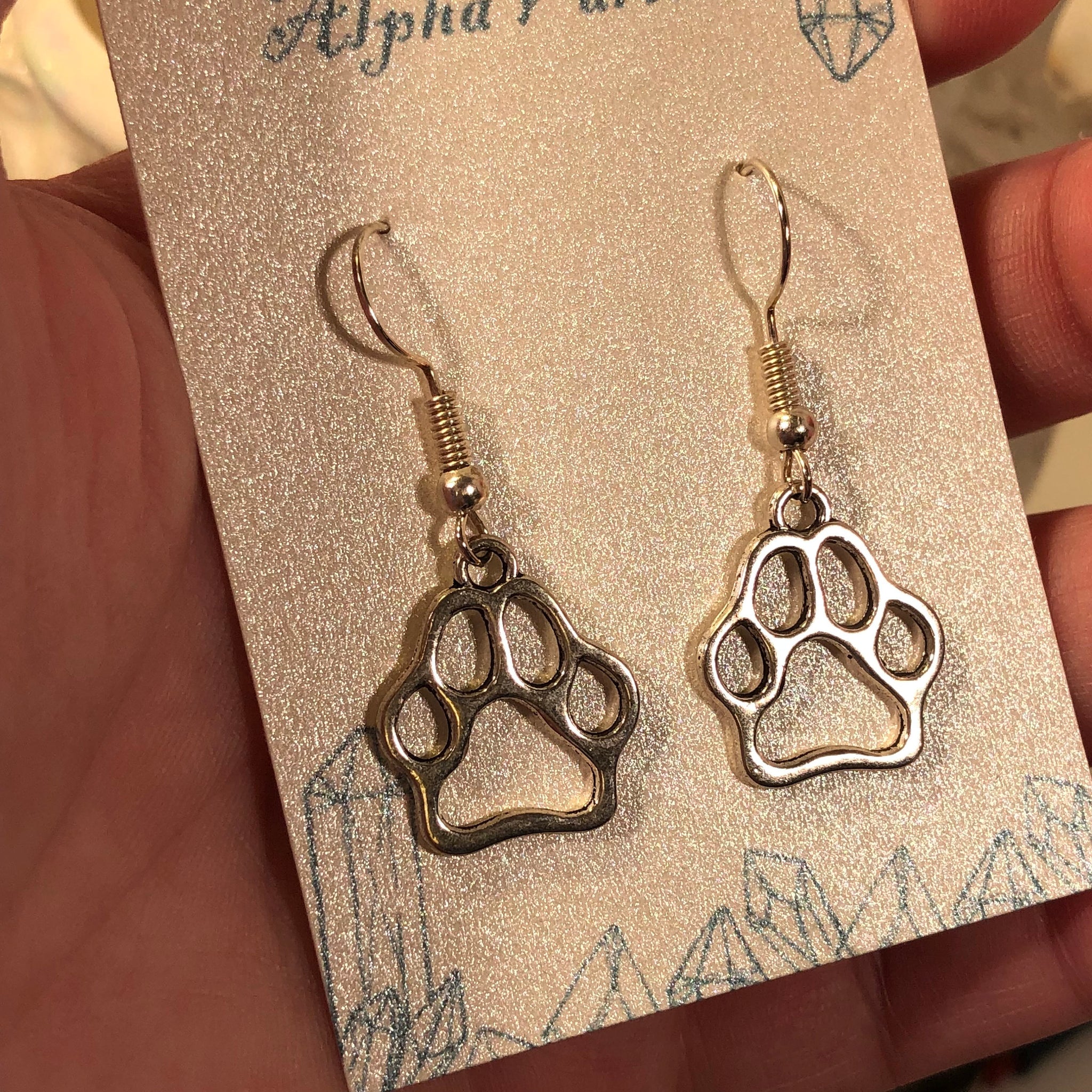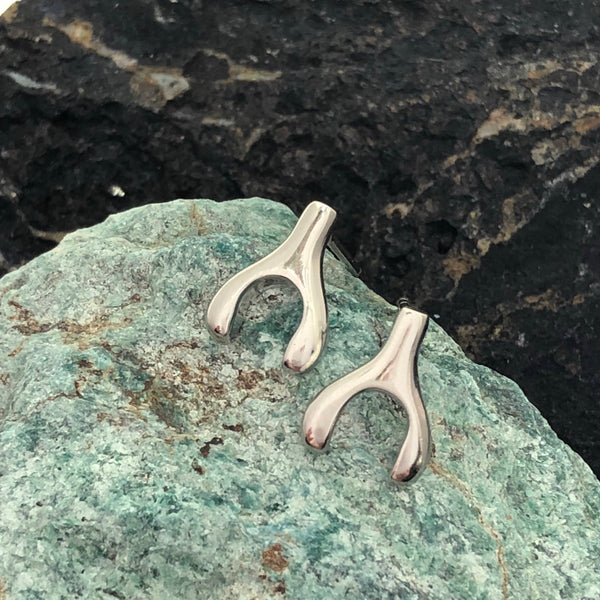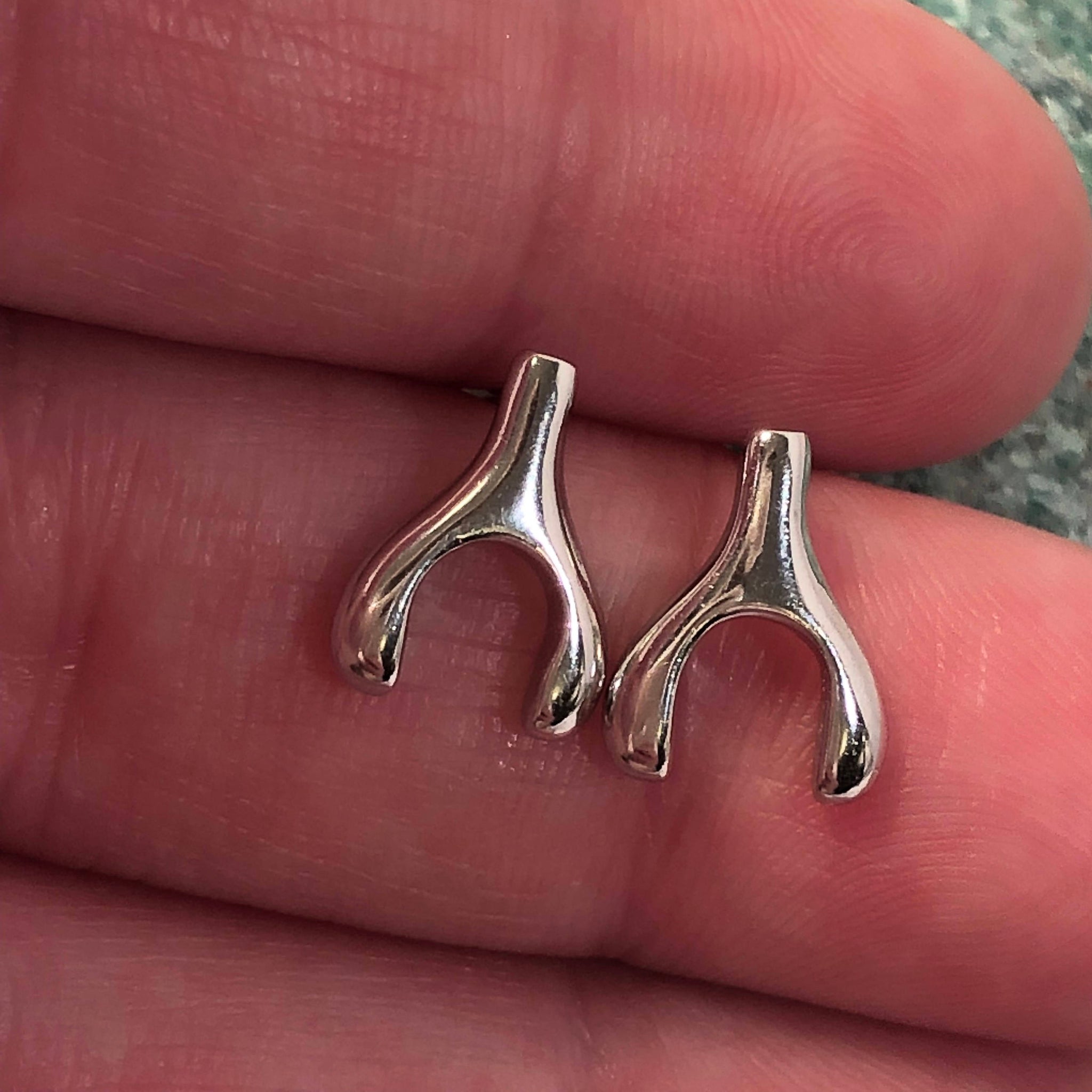Ankh Earrings
$8.00
- METAL: Sterling Silver .925 (Nickel Free & Lead Free)
WHAT IS AN ANKH?
The ankh (/ˈæŋk/ or /ˈɑːŋk/; Egyptian ˁnḫ), also known as crux ansata (the Latin for "cross with a handle") is an ancient Egyptian hieroglyphic ideograph with the meaning "life".
The Egyptian gods are often portrayed carrying it by its loop, or bearing one in each hand, arms crossed over their chest. The ankh appears in hand or in proximity of almost every deity in the Egyptian pantheon (including Pharaohs).
The ankh symbol was so prevalent that it has been found in digs as far as Mesopotamia and Persia, and even on the seal of the biblical king Hezekiah.[1]
The symbol became popular in New Age mysticism in the 1960s.
The ankh appears frequently in Egyptian tomb paintings and other art, often at the fingertips of a god or goddess in images that represent the deities of the afterlife conferring the gift of life on the dead person's mummy; this is thought to symbolize the act of conception.[citation needed] Additionally, an ankh was often carried by Egyptians as an amulet, either alone, or in connection with two other hieroglyphs that mean "strength" and "health" (see explication of djed and was, above).[citation needed] Mirrors of beaten metal were also often made in the shape of an ankh, either for decorative reasons or to symbolize a perceived view into another world.[citation needed]
A symbol similar to the ankh appears frequently in Minoan and Mycenaean sites[where?]. This is a combination of the sacral knot (symbol of holiness) with the double-edged axe (symbol of matriarchy)[9] but it can be better compared with the Egyptian tyet which is similar. This symbol can be recognized on the two famous figurines of the chthonian Snake Goddess discovered in the palace of Knossos. Both snake goddesses have a knot with a projecting loop cord between their breasts.[10] In the Linear B (Mycenean Greek) script, ankh is the phonetic sign za.[11]
Crux ansata in Codex Glazier
The ankh also appeared frequently in coins from ancient Cyprus and Asia Minor (particularly the city of Mallus in Cilicia).[12] In some cases, especially with the early coinage of King Euelthon of Salamis, the letter ku, from the Cypriot syllabary, appeared within the circle ankh, representing Ku(prion) (Cypriots). To this day, the ankh is also used to represent the planet Venus (the namesake of which, the goddess Venus or Aphrodite, was chiefly worshipped on the island) and the metal copper (the heavy mining of which gave Cyprus its name).
Coptic Christians preserved the shape of the ankh by sometimes representing the Christian cross with a circle in place of the upper bar. This is known as the Coptic ankh or crux ansata. (Source Wikipedia
Related Items
Bronze Squirrel Earrings
$10.00 $12.00
METAL: Bronze Base Metal (Nickel Free and Lead Free) EARRING DIMENSIONS: DROP LENGTH AND WIDTH: 21mm X 22mm TOTAL LENGTH WITH EAR WIRE: 35mm Packaged Beautifully + Shipped FAST + Free Gift Box
View full product detailsCeltic Tree of Life Earrings
$24.00
METAL: Sterling Silver .925 (Nickel Free & Lead Free) DROP LENGTH AND WIDTH: 20 mm X 18 mm TOTAL LENGTH WITH EAR WIRE: 33 mm *
View full product detailsDog Paw Earrings
$5.00 $9.00
FLASH SALE ONLY $5 + BUY ONE GET ONE 50% OFF WITH CODE: BOGO50 METAL: Silver Base Metal (Nickel Free & Lead Free) SIZE: Length 19mm, Width 11mm, Total Length 39mm Shipped Ready to Gift in FREE Gift Box
View full product detailsWishbone Earrings
$12.00
METAL: Sterling Silver .925 (Nickel Free & Lead Free) SIZE: 11 mm X 8 mm Shipped Ready to Gift in FREE Gift Box Gift Box Upgrades Available Here: https://alphavariable.com/collections/gift-boxes Wishbone Necklace Available Here Wishbone Ring Available Here
View full product detailsFollow
U.S. SHIPPING
First Class Shipping
3-5 Business Day Estimated Delivery
Priority Shipping
1-3 Business Day Estimated Delivery
Express Shipping
1-2 Business Day Estimated Delivery
INTERNATIONAL SHIPPING
6-12 Business Day Estimated Delivery
